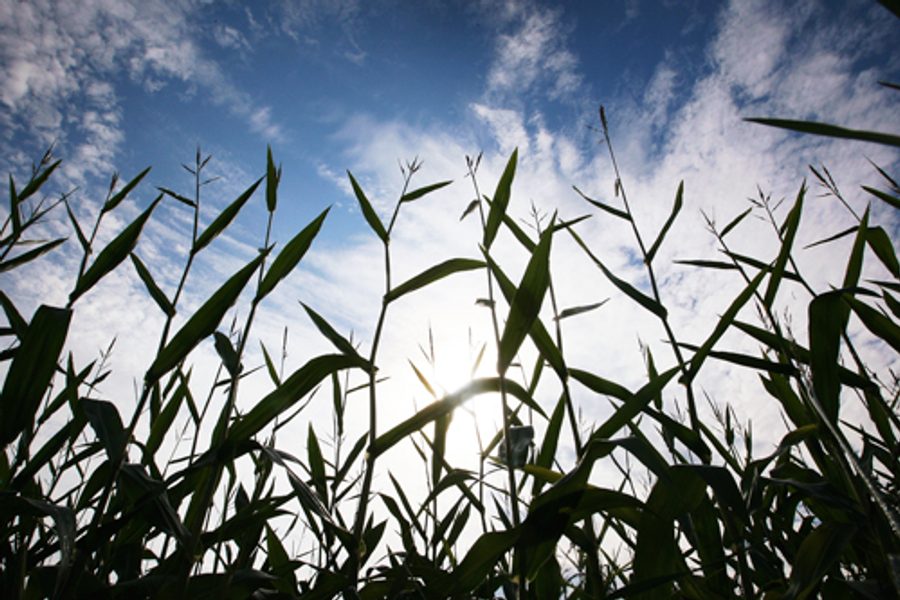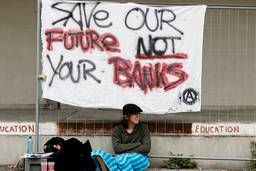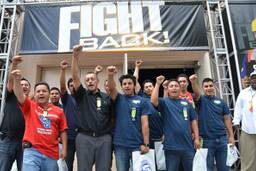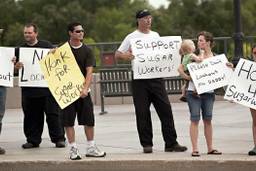
While most students in the United States return to school this fall, hundreds of thousands of child laborers who should be at desks are toiling in commercial agriculture.
The agricultural industry has lax labor laws compared to other industries, allowing children to work longer hours and face hazardous conditions, often at younger ages. The National Safety Council cites the industry as the most hazardous in the nation.
Children under 15 face some of the highest workplace injuries and many are disabled — or even killed — in the workplace. And many kids often end up working in the fields instead of attending school.
In response, Congresswoman Lucille Roybal-Allard (D-Calif.) recently introduced the Children’s Act for Responsible Employment (CARE). The legislation would strengthen child labor regulations in the agricultural industries, bringing the laws in line with other occupations that protect children’s rights.
The legislation, intended to protect farmworker children and encourage them to attend school, is essentially an amendment to the antiquated Fair Labor Standards Act (from 1938!), a legacy from an era when children were expected to work in the fields and contribute to family income.
The reality is still very real for child farmworkers, but the law is outdated. Current standards allow agricultural employers to hire children, some as young as 12, to work unlimited hours outside of school.
Compare that to other industries, where federal law limits work hours to 18 per week for children, and 40 hours during a non-school week.
The CARE Act would require that teens be at least 16 years old to work in the industry and 18 or older to work in hazardous conditions. The bill also raises fines for labor violations from $11,000 to $15,000; mandates imprisonment for repeated violations that leads to death or serious injury of children; raises standards for pesticide exposure; and calls for an annual report on workplace related injuries in the industry.
“Farmworker children often work long hours, use hazardous farm equipment, earn sub-minimum wages, and are continually exposed to hazardous pesticides,” Roybal-Allard said. “Our farmworker children deserve the same protections given to children in other industries; if they are too young they should not be working, and if they are working, they deserve protection from long hours and unsafe work practices.”
The bill is not entirely the ultimate safeguard for child agricultural labor violations. Those who work on family farms are still exempt from any legal restrictions. Fourteen and 15-year-olds can still work in certain agriculture jobs during limited shifts and outside of school hours. But it is a step forward to eliminate the regulation disparities in agriculture.
Royabal-Allard introduced the CARE Act in 2007 but failed to gain traction in the House. With the bill re-introduced after last fall’s election, it has a better chance of improving health and labor standards.
And just as important, it encourages children to pick up a pencil and notebook.







